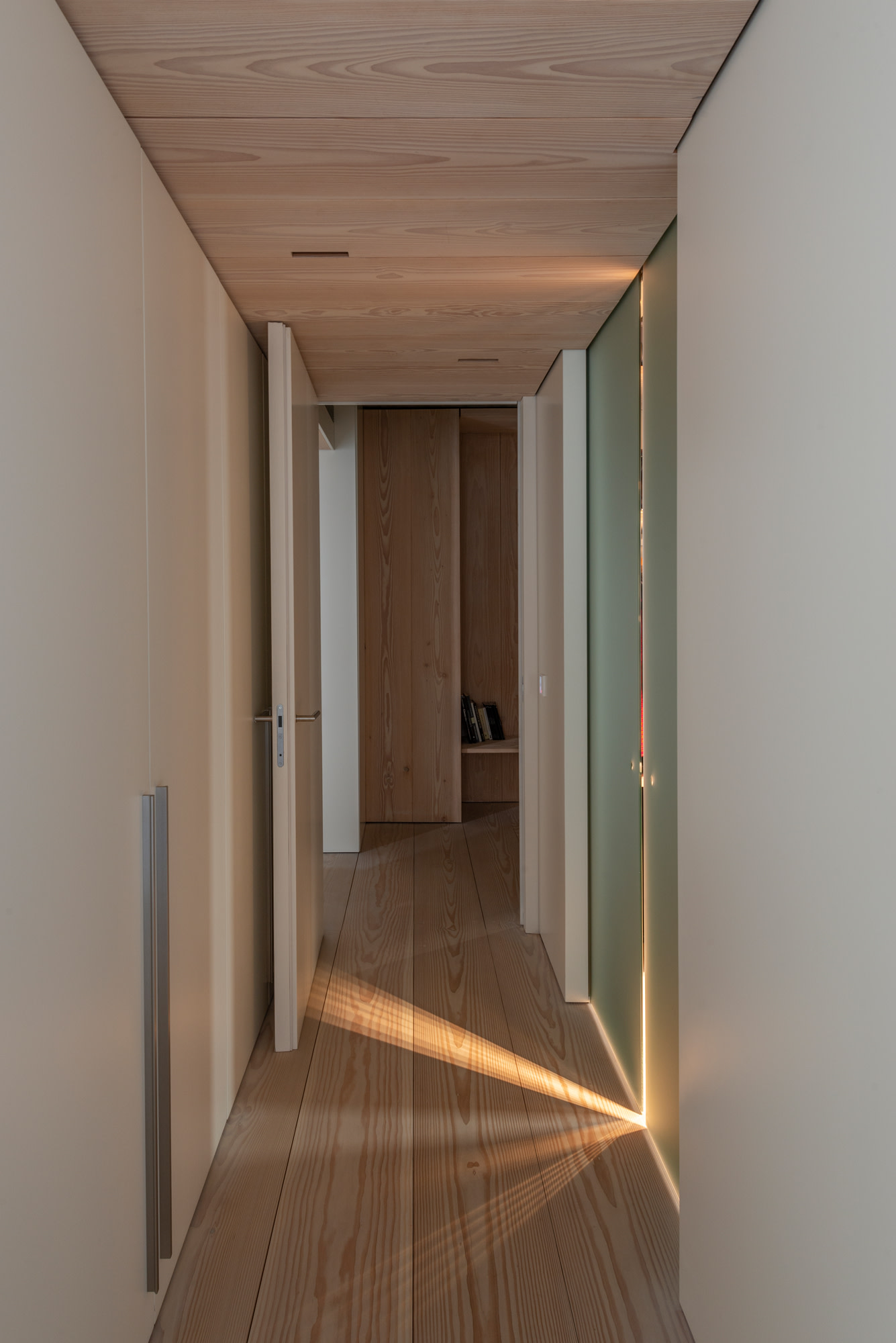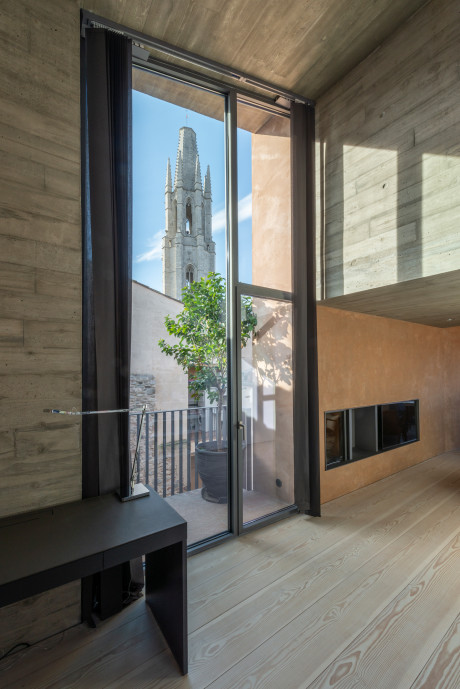
Fuses-Viader Architects and Montserrat Nogus Architect have rehabilitated two Carolingian-based houses in the Spanish city of Girona. With a deep respect for the immense underlying history of the local area and the construction of the building, the architects created a modern house capsulating history in the walls and in the carefully sourced materials that bring tactility and comfort for the residents. To provide another layer of well-being to the home, the architects chose Dinesen Douglas planks for flooring, wall-cladding, and customised furniture, celebrating the unique environmental benefits of the wood.
Residential - Girona, Spain
Architect: Fuses-Viader Architects and Montserrat Nogus Architect
Photographer: Pep Sau
_______________
Douglas Classic
Thickness 28 mm. Width 300 mm. Full lengths up to 10 m.
Finish: Lye and White Soap

The area around the house radiates ancient history showing in the remaining architecture. In fact, the neighbourhood was once an old necropolis (cemetery), and the remains of the 1500 kilometres long, great Roman system of routes, Via Augusta, curves its way just nearby.


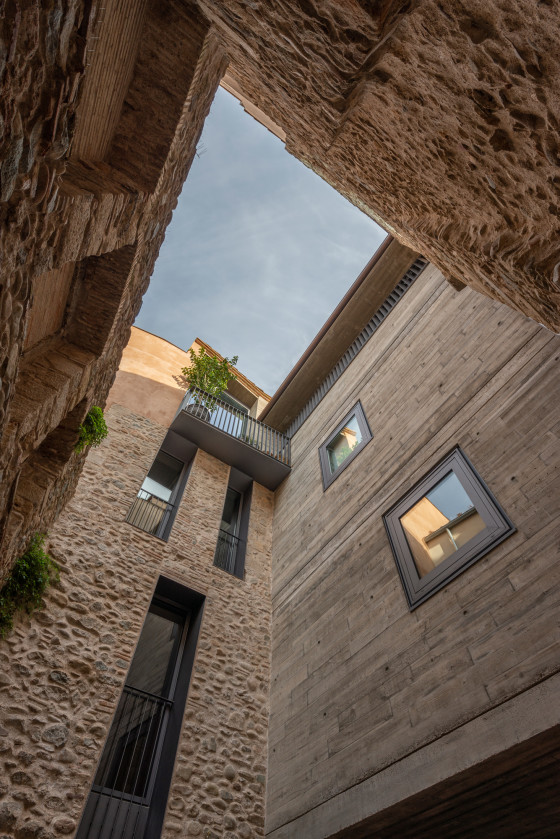
The project proposed the rehabilitation of a house and the reconstruction of another that had practically disappeared. The new property is organised with a new inner courtyard - a typological reference of stately buildings in the historic centre - which provides the new building with remarkable views and sunlight. One of the old interior facades of the houses is preserved as a historical testimony.
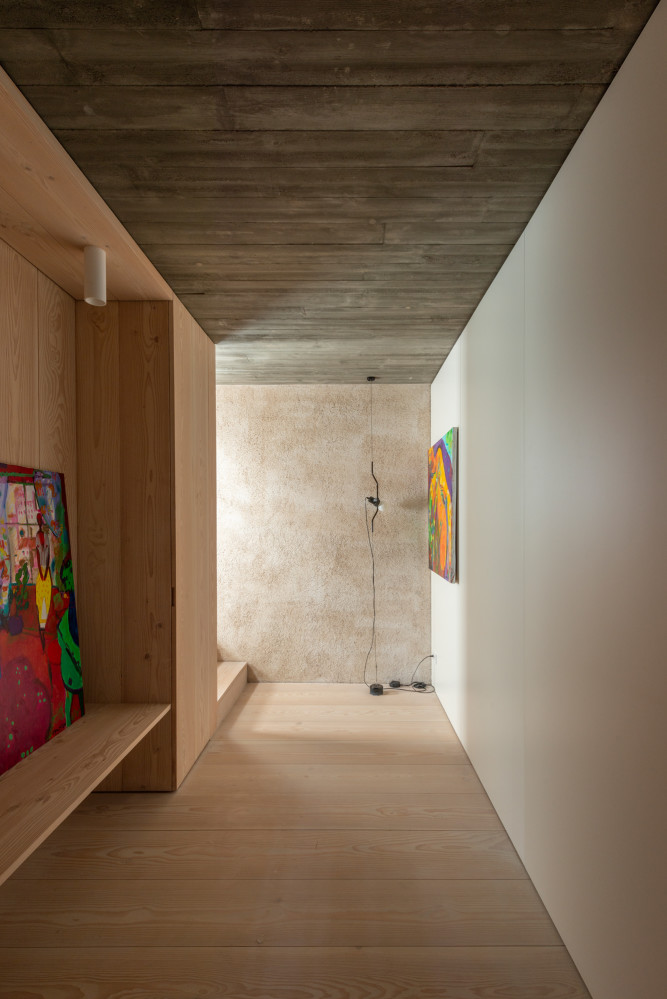
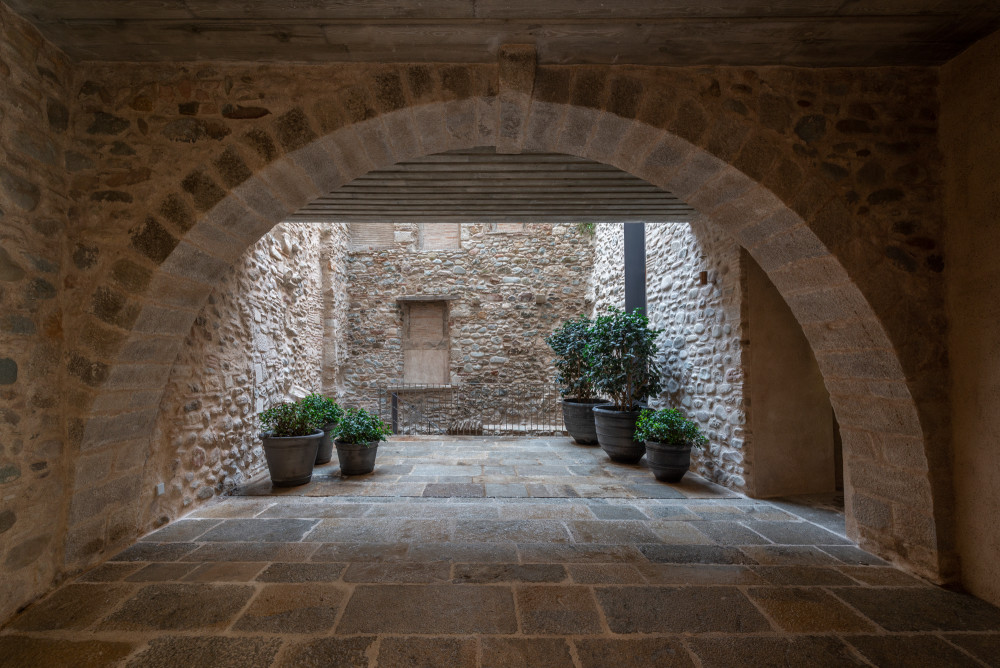
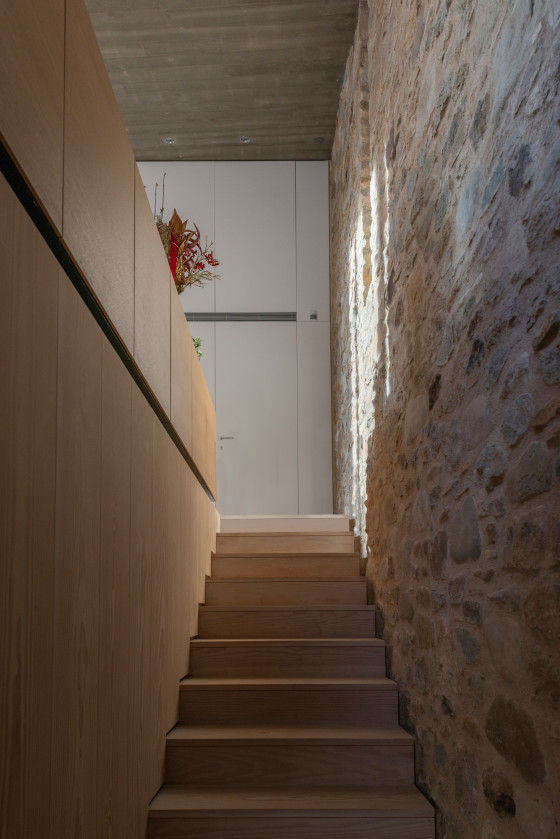
New regulations forced the architects to displace the facade facing the street further backwards, which meant rebuilding it entirely, reusing the existing stone openings, and finishing it with an open gallery and eaves. The facades facing both Plaza del Pou Rodó and the inner courtyard are brand-new. The latter is finished in exposed concrete, in continuity with the slab of the entrance porch.
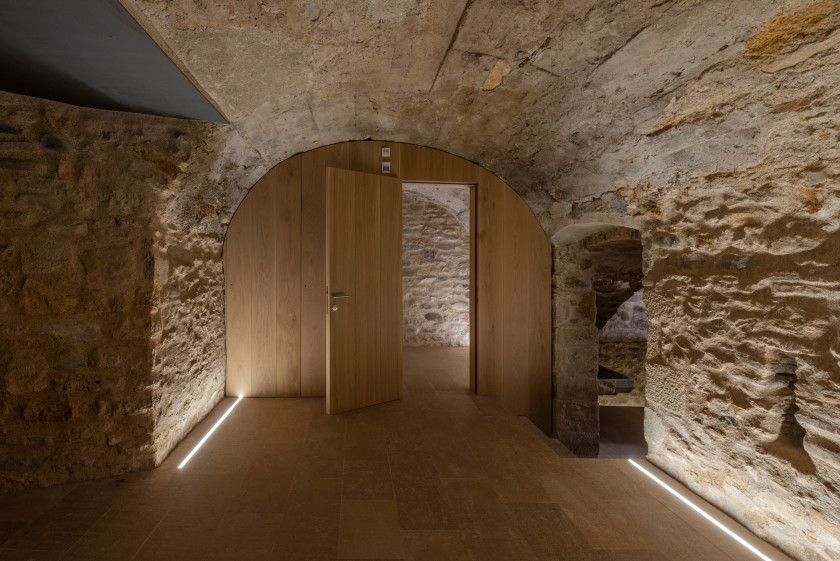
Existing materials such as the stone slabs of the patio pavement or ashlars and stones of the walls, were reused. Dinesen Douglas planks were installed as the ideal complement to the stone, and the exposed concrete with wooden plank formwork. In the construction, traditional techniques such as manual stucco and coloured plastering with washed aggregate have been recovered. This combination seeks to create an austere architecture and an integration between the new and the pre‐existing, where each part is differentiable while creating a unitary whole with great comfort.

